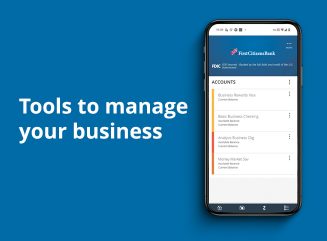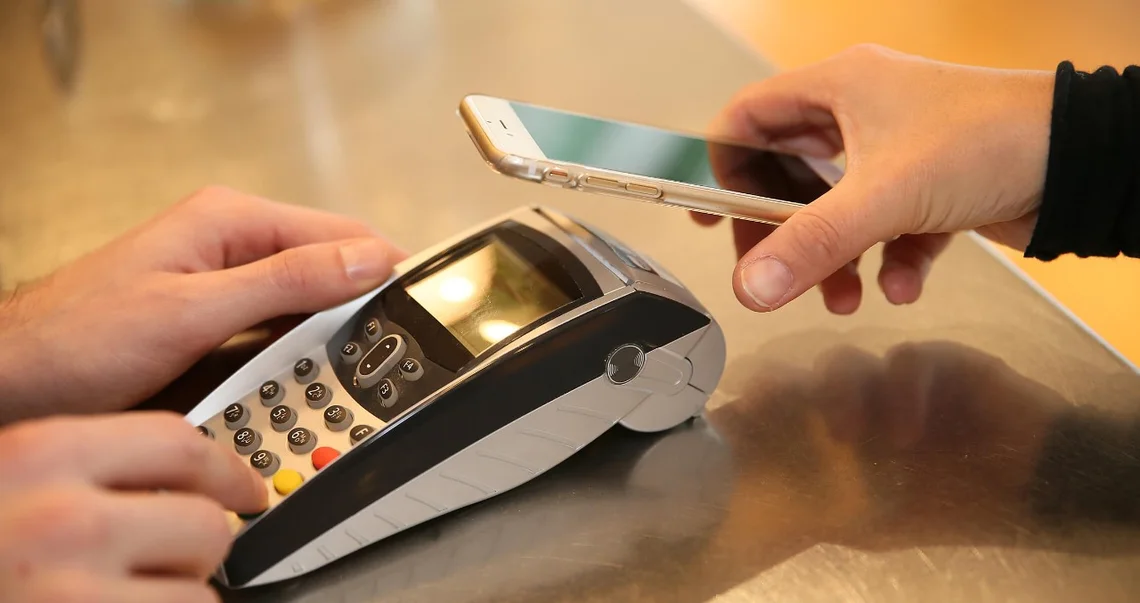
Digital banking for business
Seamlessly access all of your accounts from one place with First Citizens Digital Banking for business.
The adoption rate of digital wallets saw impressive growth during the pandemic. According to a survey by Finder, 56.3% of US consumers say they used a digital wallet at least once in 2020.

Not only does this payment platform offer a convenient and contactless way to pay, usually through your mobile device, but it can also come with security features that help protect your payment information.
Before you open your own digital wallet, let's break down the basics.
Just as your actual wallet holds cash and debit and credit cards, a digital wallet carries digital versions of your payment methods in an app on your mobile device. So instead of presenting an actual card in-store or entering in your card number online, you can transmit the required information through your digital wallet, making for a fast, seamless and touchless exchange.
Digital wallets can also store non-financial information, such as airline boarding passes, loyalty reward cards, concert tickets, gift cards and coupons.
To start using a digital wallet, you'll first need to choose a wallet app. There are dozens now available, but the most popular wallet apps are Apple Pay®, Google Pay® and Samsung Pay®. Some of your favorite merchants, like Starbucks and Dunkin' Donuts, even offer their own in-app digital wallets, too.
When you choose a digital wallet—ideally based on an analysis of your spending habits and security concerns—you'll manually scan or enter your credit card information into the wallet app. The app will then take you through a verification process with your bank or card issuer for security. Once that verification process is complete, you're ready to use your digital wallet at locations that accept mobile payments.
To pay in-store using a digital wallet, you'll hold your mobile device close to the payment terminal so your card information can be transmitted. Online, you'll select the digital wallet from your payment options and then complete the transaction with the stored card of your choice. Although not all merchants accept digital wallets, you can typically identify digital payment-friendly merchants through in-store signage and by looking for the contactless payment symbol, which looks similar to the Wi-Fi symbol, on payment terminals at checkout.
Now that you know what a digital wallet is and how to use one, it's time to figure out if using a digital wallet fits your financial habits and lifestyle. For that, it helps to know the pros and cons.
Digital wallets can offer both convenience and security for users, especially those who already use their mobile device regularly in daily life. If you're ready to give it a try, learn how to add your First Citizens debit or credit card to your digital wallet. It's easy, free and secure.
Email Us
Please select the option that best matches your needs.
Customers with account-related questions who aren't enrolled in Digital Banking or who would prefer to talk with someone can call us directly.